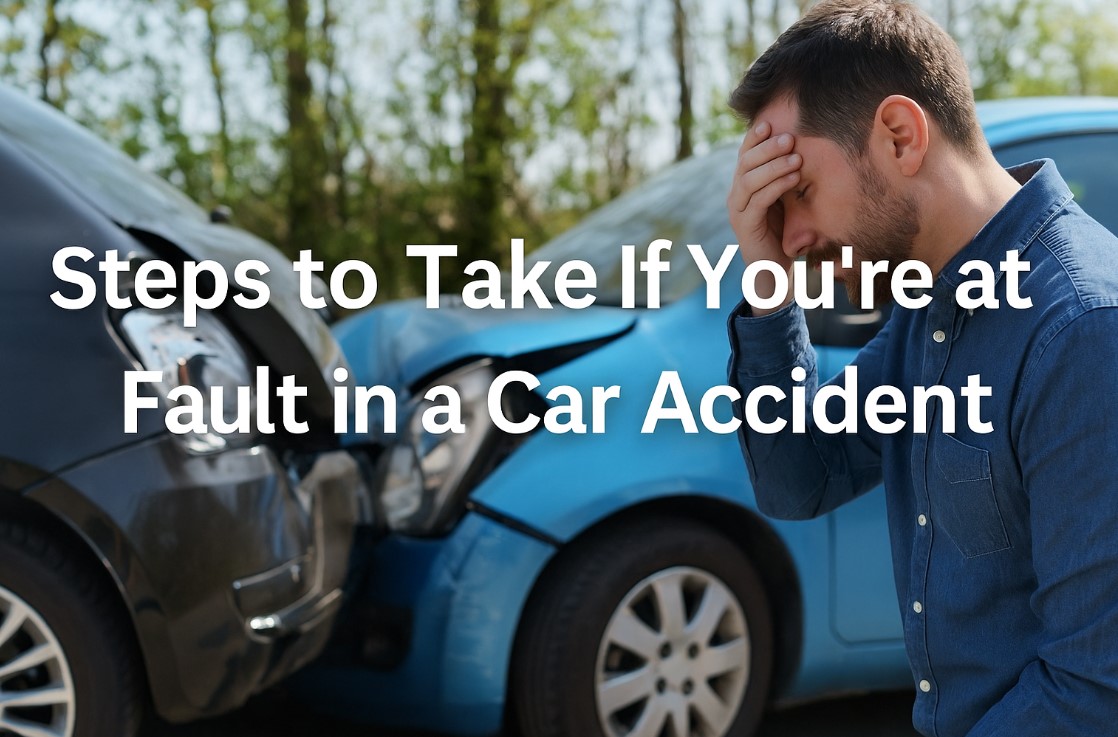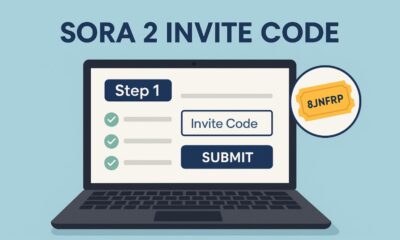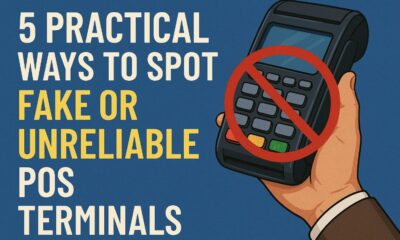Law
What to Do If You’re the At-Fault Driver in a Car Accident

Finding out you caused an accident comes with a wave of emotions. Whether the incident was accidental or you made a bad decision at the time, you may be feeling guilty, anxious, or unsure about what to do next.
Here is a simple guide to help you handle the situation responsibly and protect yourself both legally and financially. This includes contacting an attorney if you have been sued after causing a collision.
1. Stay Calm and Make Sure Everyone Is Safe
The first and most important step is to stay calm. Accidents happen, and panicking won’t help. Check yourself and anyone involved for any injuries. If you can safely move your vehicle, do so.
Then, call 911 to report the accident and request medical help. Even if no one seems hurt and the accident seems minor, it is still a good idea to have law enforcement document the scene.
2. Don’t Admit Fault at the Scene
Even if you believe the accident was totally your fault, avoid saying things like “I’m sorry” or “This was my fault.” These statements can be used against you later. Fault is not always as clear as it may seem at first. It is typically determined by insurance companies, police reports, and attorneys.
Therefore, just stick to the facts when talking to others involved in a crash or the responding officer at the scene.
3. Exchange Information and Document Everything
It is important to exchange basic information with the other driver, such as:
- Your name
- Phone number
- Address
- Insurance details
- License plate number
Also, take pictures of the vehicles, the accident scene, any visible damage, and road conditions. If there are witnesses, politely ask for their contact information as well. This information could favor you later on.
4. Notify Your Insurance Company
Many people are normally afraid of notifying their insurer for fear that their premiums will increase. However, some policies offer “accident forgiveness.” Therefore, as soon as you can, contact your insurance company and let them know what happened. Be honest and provide all the details they request. Your insurer will take it from there and begin the claims process.
5. Understand What Being At-Fault Means
If you are determined to be at fault, your insurance provider may be responsible for paying for the other driver’s damage and injuries. Depending on your policy, you might also be covered for your damages, for instance, if you have accident collision coverage.
Some states also have comparative fault or contributory negligence laws, which may reduce or eliminate your liability if the other driver was partly responsible. For example, in comparative negligence, if you were 70% at fault and the other party is 30% responsible, they can only recover 70% of the damages. In contributory negligence, even a small percentage of fault prevents the other driver from recovering any damages.
6. Consider Speaking to an Attorney
If the accident caused serious injuries, involved multiple parties, or you are worried about a potential lawsuit, it is wise to consult a car accident attorney. A lawyer can explain your rights, review your insurance coverage, and help you understand what happened. They may even be able to limit the financial impact on you if things get complicated.
7. Learn from Experience
Finally, use this experience as a learning opportunity. Whether it was a moment of distraction, speeding, or another mistake, understanding what went wrong can help you avoid future accidents. After all, driving safely is the best way to protect yourself and others.
Conclusion
Being the at-fault driver is not easy. However, taking the right steps can make a big difference. Therefore, after an accident, remember to stay calm, cooperate with authorities, talk to your insurer, and contact a lawyer if need be.
-

 Tech2 months ago
Tech2 months agoSora 2 Invite Code: How to Get One (Step-by-Step Guide)
-

 Fashion2 months ago
Fashion2 months agoWhy You Should Invest in Classic Clothing Over Short Trends
-

 Tech2 months ago
Tech2 months agoThe Role of Integrated Automation Solutions in Smart Manufacturing
-

 Tech2 months ago
Tech2 months ago5 Practical Ways to Spot Fake or Unreliable PoS Terminals






